500,000 lira – The beauty of art
Not because it was the largest denomination of the Italian monetary system before using the Euro, but because the Italian 500,000 Lire note was designed very delicately, artistically and colorfully.
The 500,000 lira banknote was issued by the IPZS, in 1997; it was used for a brief lapse of time, not long before Italy adopted the euro in 2002. On the obverse, it depicts Raphael and a particular of the Triumph of Galatea, while on the reverse, it features The School of Athens. The banknote features a security thread, fluorescent fibers (already used on L. 50,000 and L. 100,000 banknotes), and a watermark, depicting Raphael and the logo of the Bank of Italy.
With long historical value, Italy is always proud to be one of the countries with a unique and distinct culture. As a link of the Renaissance period, this 500,000 lire note itself also has a Renaissance identity with the image of the Triumph of Galatea on the front of the note. The Triumph of Galatea is a fresco completed around 1512 by the Italian painter Raphael for the Villa Farnesina in Rome.
On the back of the banknote is an image of The School of Athens. It is a fresco by the Italian Renaissance artist Raphael. It was painted between 1509 and 1511 as part of a commission by Pope Julius II to decorate the rooms now called the Stanze di Raffaello in the Apostolic Palace in Vatican City.
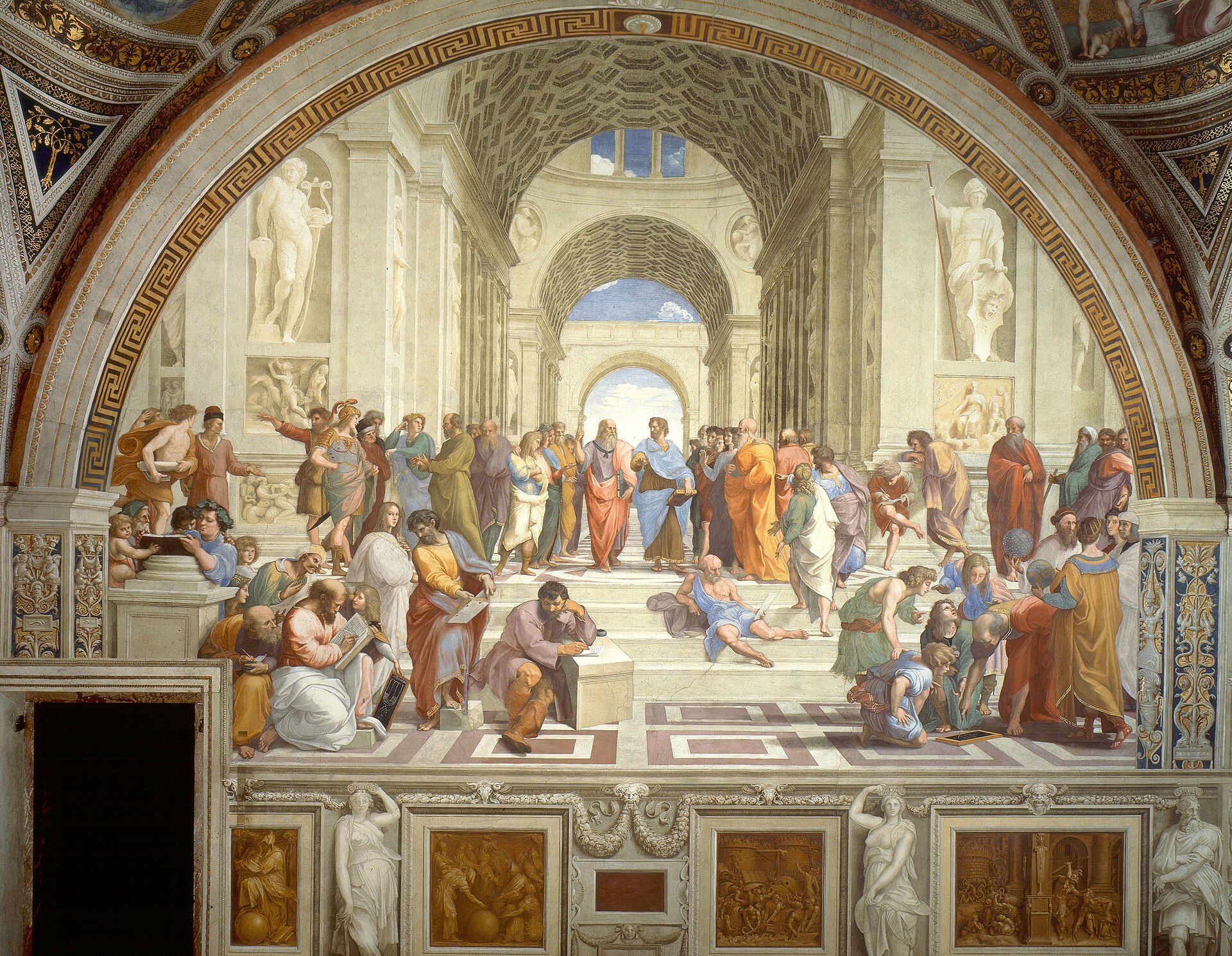
The fresco depicts a congregation of ancient philosophers, mathematicians, and scientists, with Plato and Aristotle featured in the center. The identities of most figures are unclear or discernable only through subtle details or allusions; among those commonly identified are Socrates, Pythagoras, Archimedes, Heraclitus, Averroes, and Zarathustra. Additionally, Italian artists Leonardo da Vinci and Michelangelo are believed to be portrayed through Plato and Heraclitus, respectively. Raphael included a self-portrait beside Ptolemy.
The painting is notable for its use of accurate perspective projection, a defining characteristic of Renaissance art, which Raphael learned from Leonardo; Likewise, the themes of the painting, such as the rebirth of Ancient Greek philosophy and culture in Europe were inspired by Leonardo’s individual pursuits in theatre, engineering, optics, geometry, physiology, anatomy, history, architecture and art.
The School of Athens is considered as one of Raphael’s best-known works and has been described as his “masterpiece and the perfect embodiment of the classical spirit of the Renaissance”
Information figures
- Location: Italy
- Currency: Italian Lire
- Series: Italian Lira banknotes
- Tender: banknotes
- Dimensions: 163 × 78 mm
- Composition material: paper
- Colour: blue, dark blue, light blue
- Person: Raphael
- Profession: Architect, Painter
- Text: 500000, Banca D’Italia, Lire Cinquecentomila
- Object: arch, people, person, school of athens

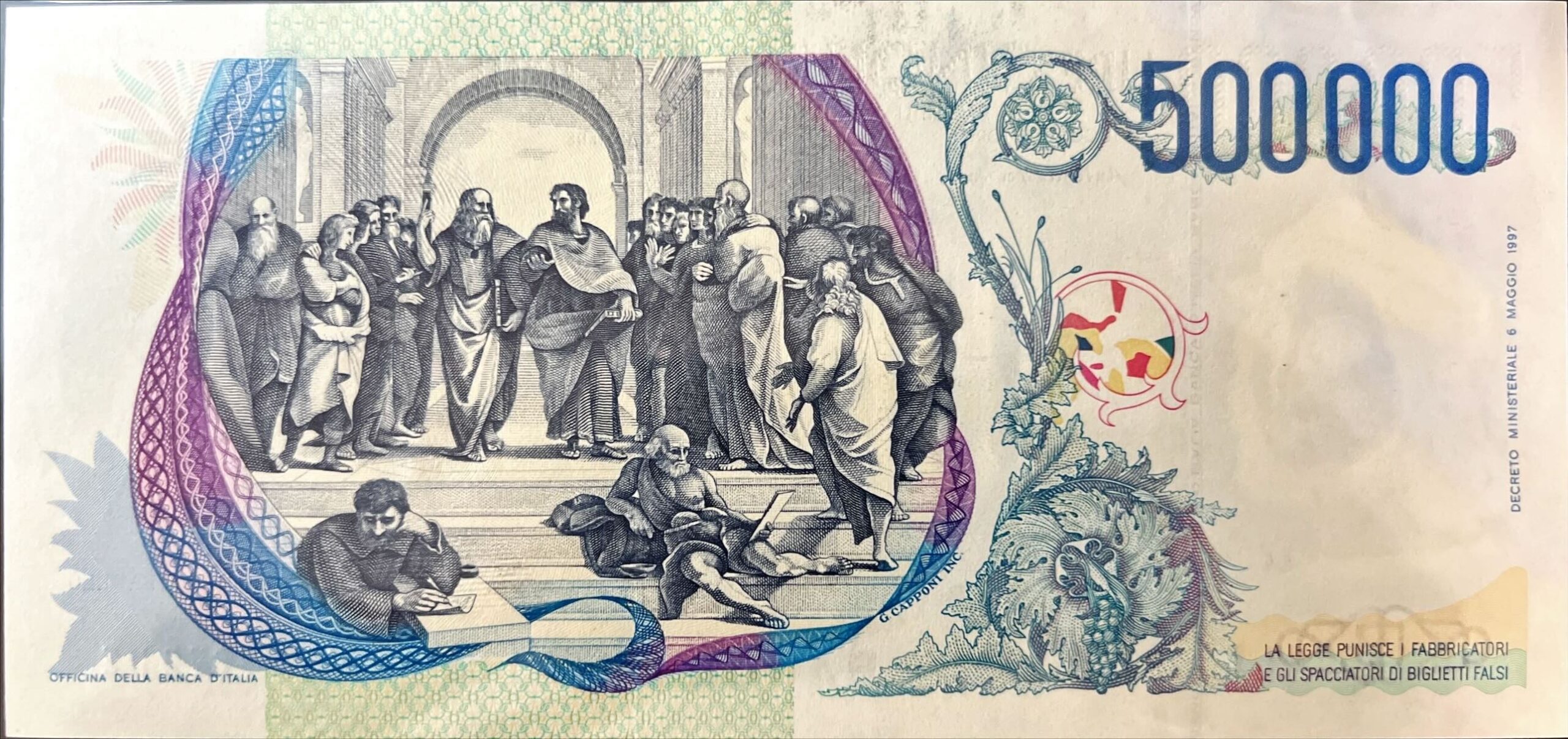
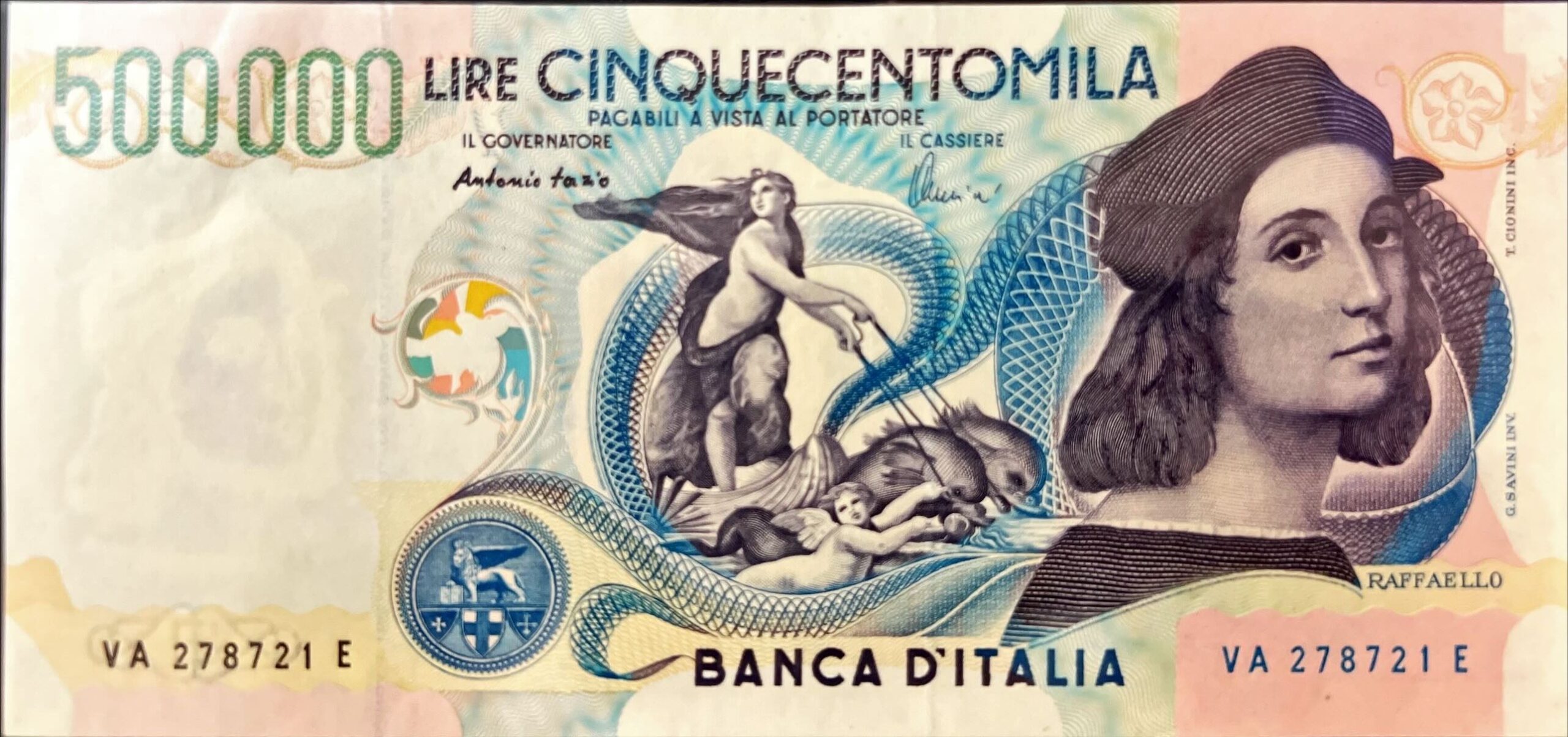
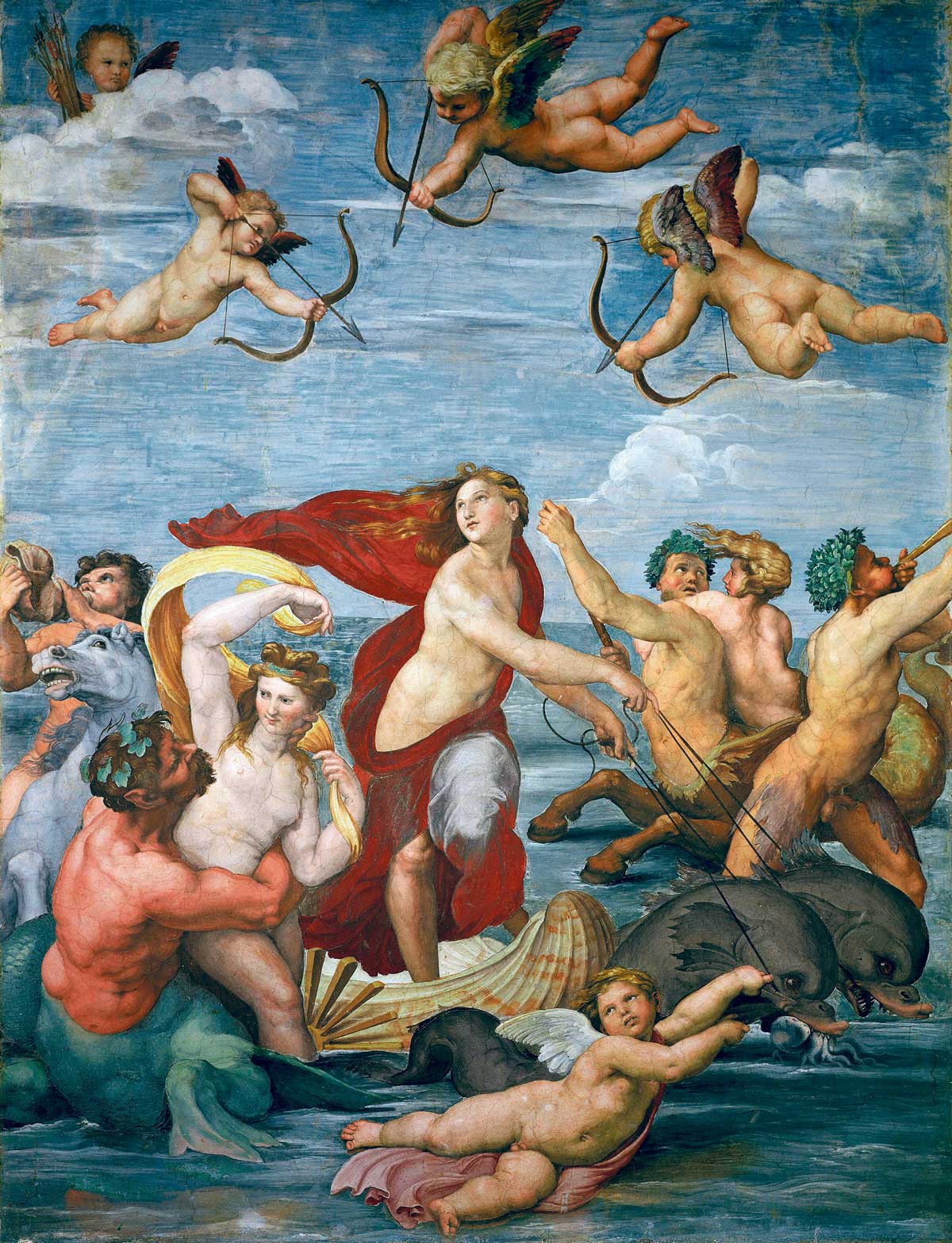
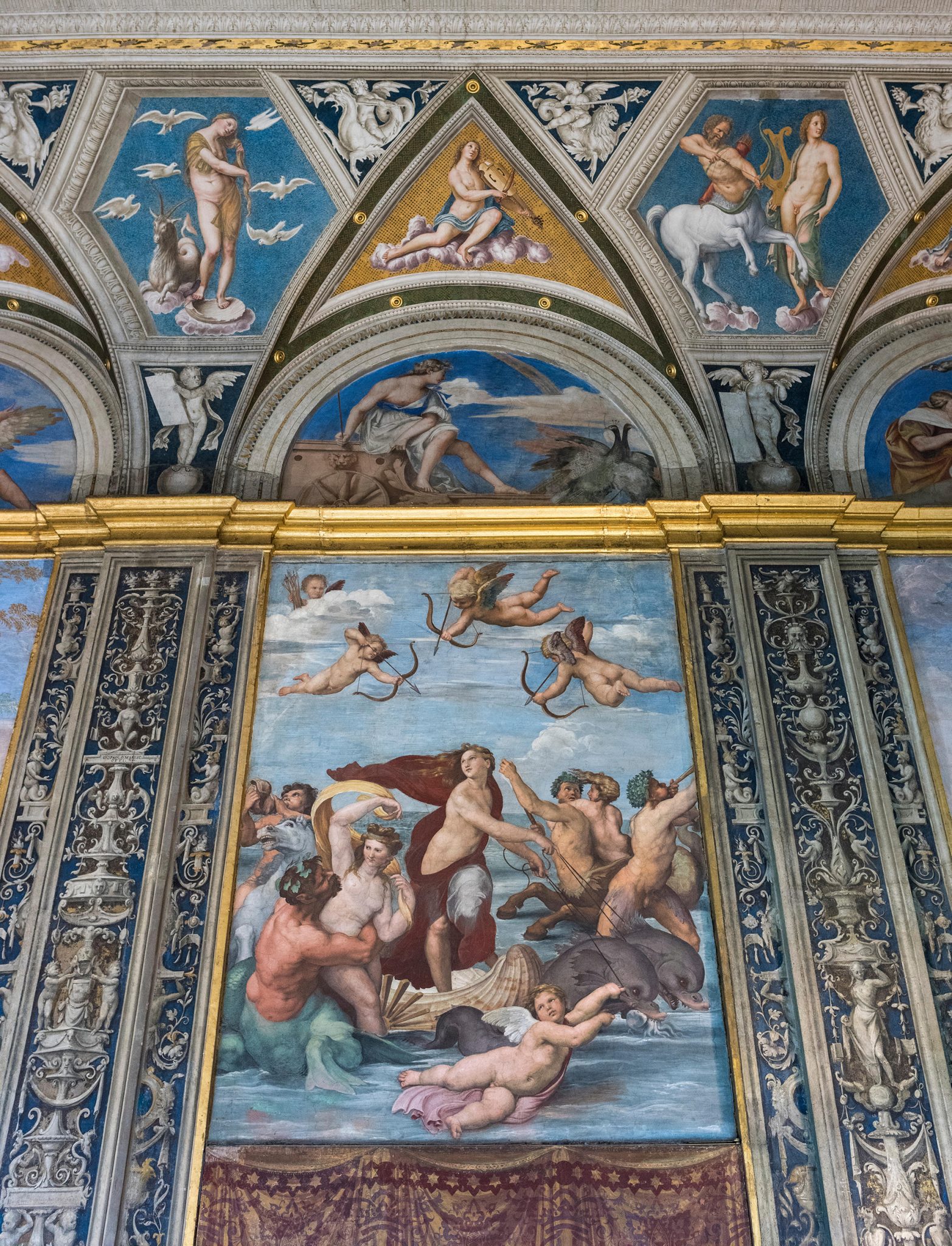

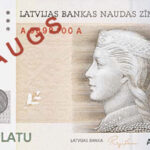
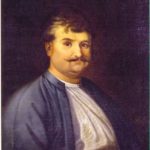


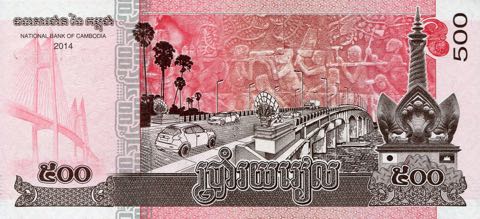
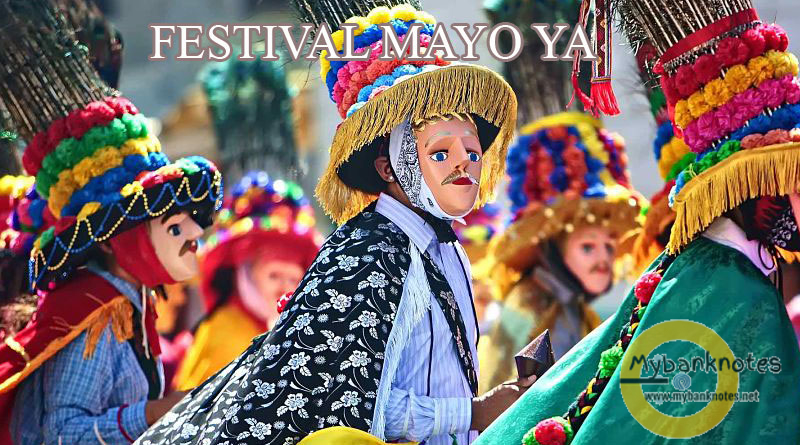





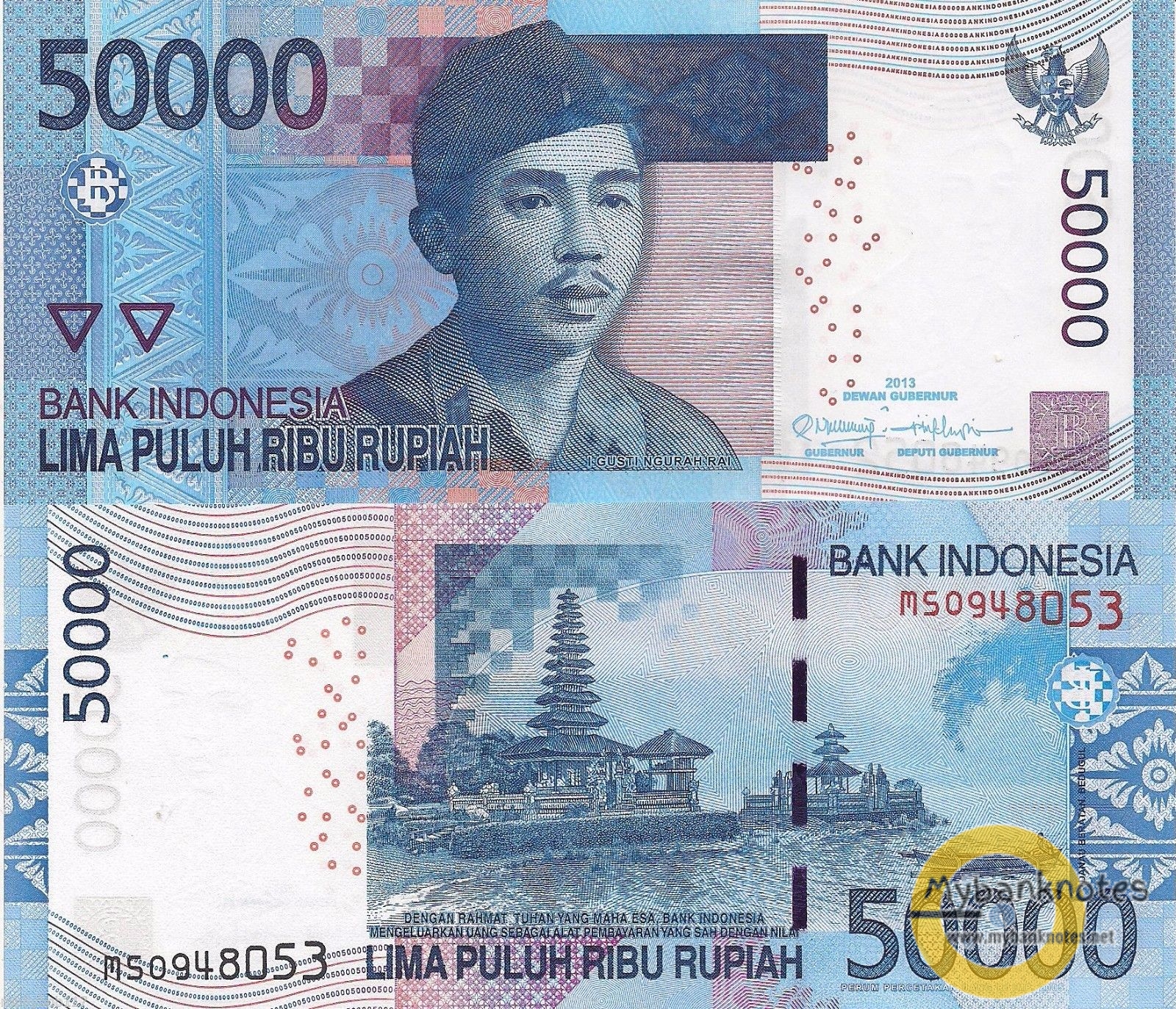

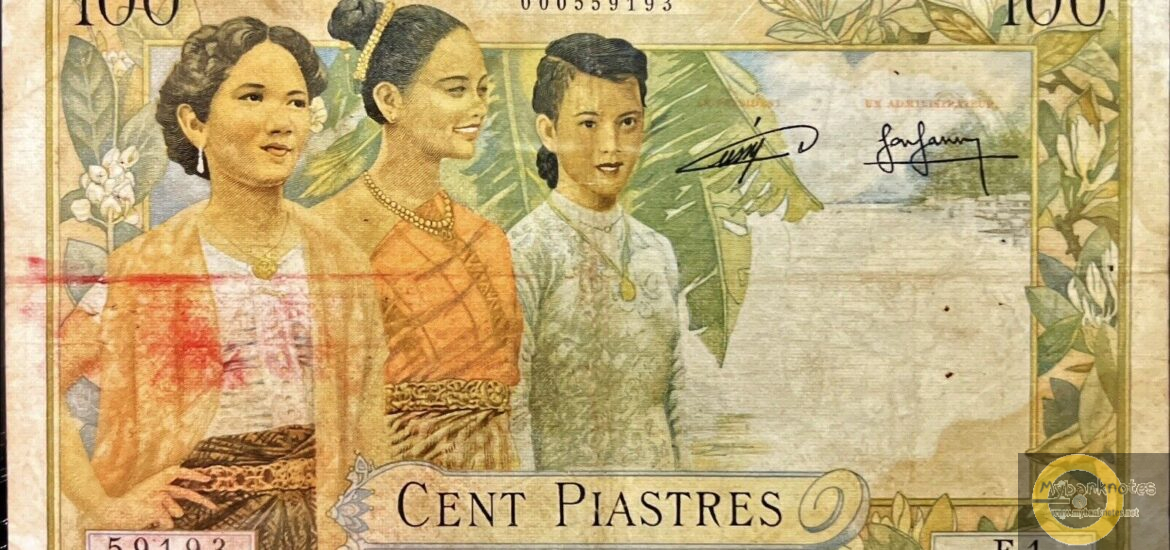
This is one of my dreams because the current collectible value is quite high. Congratulations on having them.